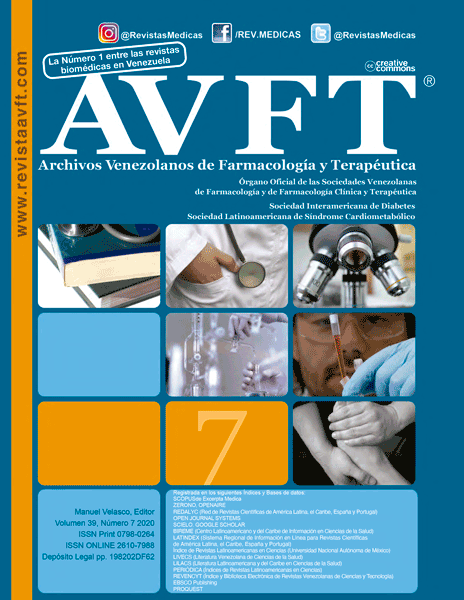A computational approach for Leishmania genus protozoa detection in bone marrow samples from patients with visceral Leishmaniasis
Palabras clave:
Protozoan, Leishmania, micrographics, anisotropic diffusion, gradient operator, intensity profilesResumen
This article reports a three-stage computational approach for the automatic detection of Leishmania protozoan in light microphotograph from bone marrow samples extracted from patients with visceral Leishmaniasis. The first stage corresponds to the pre-processing of the microscopy images, in which initially a low-pass filter or softener was applied to attenuate the undesired information associated with the images and preserve the edges in the objects contained in the images. The pre-processing stage concluded with the application of consistent gradient operators to the smoothed images to emphasise the changes of the intensities associated with the protozoa edges by determining the gradient module. In the second stage, a procedure-oriented to the selection of regions of interest that were candidates to contain parasites in the pre-processed images was developed, based on the intensity analysis associated with a set of intensity profiles selected from the smoothed images. In the final stage, each region of interest containing protozoa was analysed on the gradient module by a technique based on polar maps, to classify its content as a parasite of the genus Leishmania or not. The application of the proposed computational approach to a set of samples of patients with Visceral Leishmaniasis generated a recognition parasite percentage of approximately 80%.




